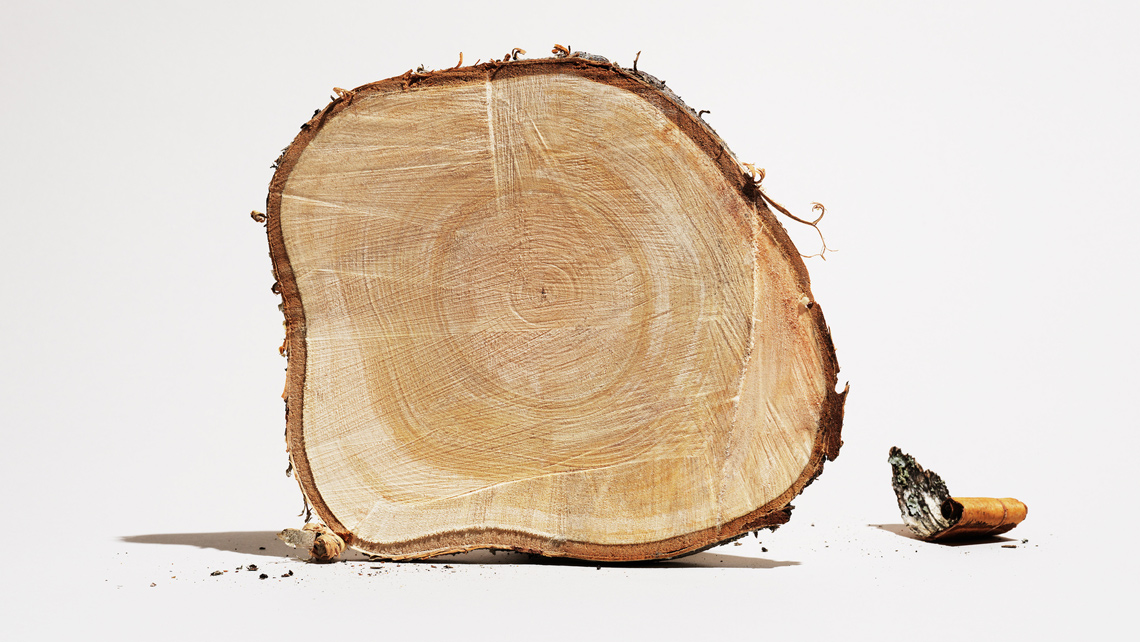“We are very excited about this opportunity to be part of the Bio-based Industries Joint Undertaking. EU is taking a very active role in funding and enabling several projects aimed at developing a sustainable bio-based industry sector in Europe. The public-private partnership we have now entered under this umbrella is an EUR 9,6 million collaboration between eight different organizations across EU,” says Brita Peltokoski, a Kemira Research Scientist who is writing her doctoral dissertation work on the project.
A significant part of the process development will take place on demonstration scale at a dissolving pulp mill in Europe. The mill refines spruce and pine into cellulose, bioethanol and lignin. “The process produces some side-streams, which have up until now been considered of low value. The project partners are looking to change this and enable a more holistic and sustainable utilization of biomass. We just had the official project kick-off and will continue to work on this over the next four years,” Brita says.
One of the key players in the project is a biotechnology company called Ecohelix. They provide and operate the process technology, that is, the integrated demonstration unit at the pulp mill. “Kemira’s role is to assess the technical and economic feasibility of the renewable, wood-based polymeric products produced in the project. Possible application areas have been identified, for example, in the paper and packaging industry, complementing and even replacing petroleum and food-based polymers with renewable bio-based products,” says Veli-Matti Vuorenpalo, Manager of Global Processes and Projects at Kemira R&D. “We have named the project ‘Vehicle’, as we see it as a means to move forward in bioeconomy. It offers a window seat for us to see how new feasible value-chains are created from lignocellulosic materials.”
Kemira’s role is to assess the technical and economic feasibility of the renewable, wood-based polymeric products.
“Our customers in the pulp, paper and fiber-based packaging industry are constantly looking for ways to improve the total environmental performance of their end-products. With this joint project, not only are we addressing the development of totally bio-based, renewable products and assessing their competitiveness on larger scale, outside the R&D environment, but also the improvement of resource efficiency at pulp mills to produce more products from wood biomass. In this project, we will conduct a full value-chain scale demo. No-one of the individual participants could do this alone, we need the material flows, know-how and engagement from each other to make this happen,” says Anna-Stiina Jääskeläinen, Manager of Fiber and Bioeconomy at Kemira R&D.
Disclaimer: This project has received funding from the Bio Based Industries Joint Undertaking under the European Union’s Horizon 2020 research and innovation programme under grant agreement No 837866.




